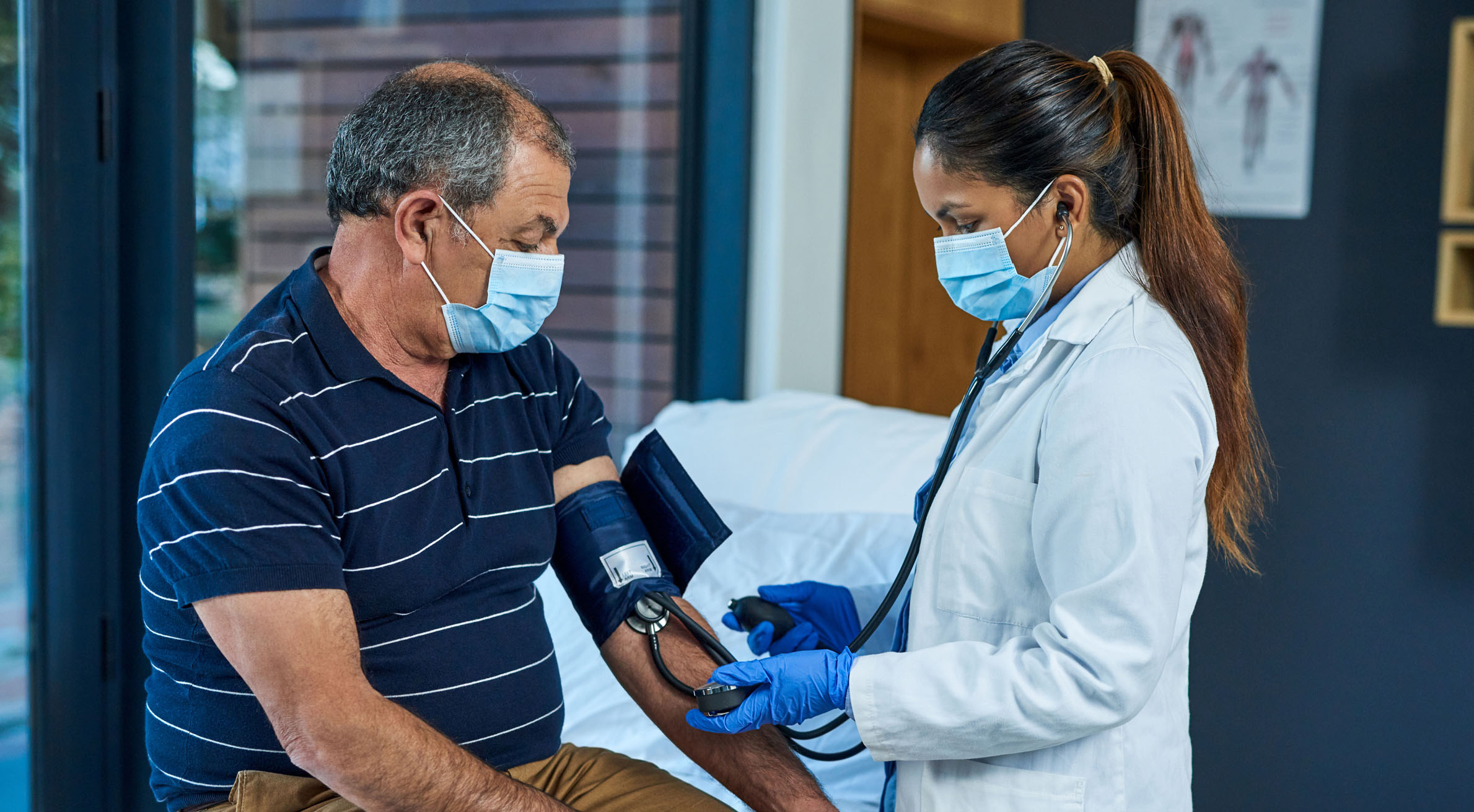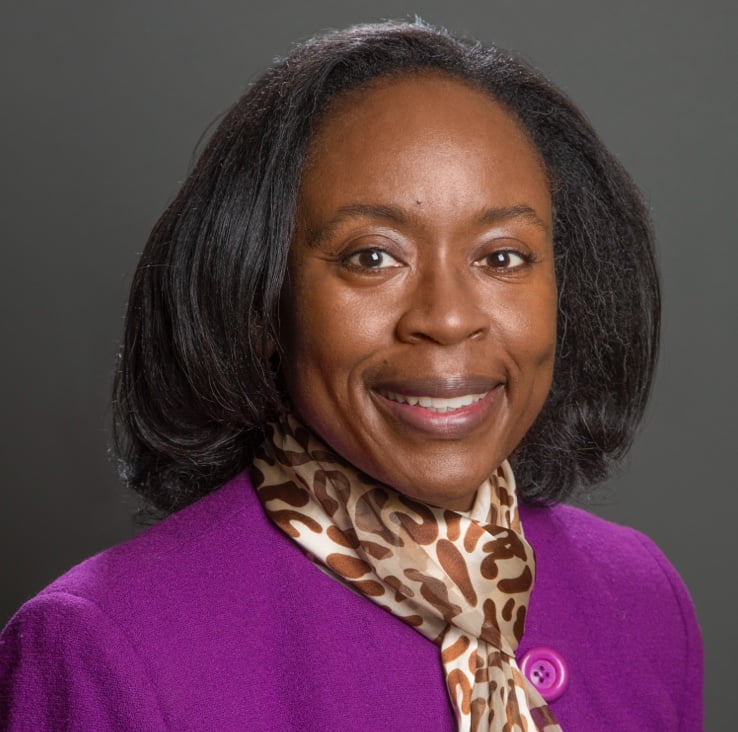Replicating published findings on hypertension prevalence in diverse populations

Source: All of Us Research Program
Paulette D. Chandler, MD, MPH Assistant Professor, Medicine – Harvard Medical School
Associate Physician, Medicine – Brigham And Women’s Hospital
Validating the hypertension algorithm
Hypertension (HTN) is a leading risk factor for chronic kidney disease and cardiovascular disease. Yet despite its high prevalence, particularly in association with certain racial and socioeconomic factors, HTN remains underdiagnosed and undertreated. A team at Brigham and Women’s Hospital in Boston, led by Dr. Paulette Chandler, used All of Us baseline data drawn from electronic health records (EHRs), physical measurements, and participant surveys to retrospectively examine the prevalence of HTN across the All of Us participant cohort.
It was a beautiful big data analysis. We were able to use blood pressure measurements reported in the EHRs and demographic data collected by surveys… We had a large and diverse cohort of individuals who were on blood pressure medications and had at least two measurements of elevated blood pressure recorded.
– Dr. Paulette Chandler
The research team was also able to investigate the associations between HTN and factors such as education, income, race, ethnicity and gender (the latter three of which are self-identified by participants).
“Through this demonstration project, we were able to validate the HTN algorithm that was established by eMERGE III and prove the validity of the All of Us dataset as a tool for developing and testing other rule-based algorithms.”
– Dr. Paulette Chandler
The Brigham and Women’s team was one of several research teams who partnered with All of Us to conduct demonstration projects through the Researcher Workbench. These projects helped affirm the usefulness and validity of the dataset before it was launched to a larger research audience.
Dr. Chandler’s team published their results in the journal Scientific Reports earlier this year, crediting the All of Us dataset’s size and diversity for making a reproducibility study of this scale possible.
Key Benefits of All of Us Data
The size and diversity of the All of Us dataset were noted by the study authors as the two main benefits, with the availability of multiple coding templates and sample code from other demonstration projects highlighted as another key asset.
The network of researchers that are available to ask questions is an amazing asset, as is the infrastructure that is in place to support coding.
– Dr. Paulette Chandler
Once genomic data is added, the power and potential of the All of Us dataset will continue to multiply, enabling researchers to study whole genome sequence (WGS) and genomic array data.
Sharing learnings with the community
Effectively communicating research findings can go a long way to serve the interests of the public. Dr. Chandler has championed the sharing of research findings with the communities most affected and recently held a talk in Boston to share the results from the hypertension study. In collaboration with the New England Medical Association, the collective voice of Black physicians in New England, she invited the Boston community, including program participants and the general public, to come out and learn about the All of Us study and her team’s findings in particular.
“The community response to this data was amazing and inspired real activism. Some attendees wanted to enroll in the study, some wanted to start community gardens to improve nutrition, and some wanted to look for correlations with mental health.”
– Dr. Paulette Chandler
As Dr. Chandler points out, there should be a reciprocal relationship, a partnership, between researchers and community members and participants. Often, participants have great questions and ideas that can stimulate additional studies and questions to bring to the data.
Long-Term Vision
As a direct result of this study, Dr. Chandler and her colleagues believe the All of Us dataset to be an invaluable resource for identifying, validating, and, most importantly, learning how to better address health disparities. One topic she is particularly interested in exploring more through the dataset is the connection between diet and cancer prevention. After losing her father to cancer, this topic has inspired her research for years and is sparking new ideas of what can be discovered through All of Us. In the near term, the Brigham and Women’s Hospital research team has prepared other papers using All of Us data about both fibroids and HTN in pregnancy. Dr. Chandler can envision these types of studies informing how hospitals identify at-risk patients in the future and track and manage their blood pressure before it escalates. She also encourages other researchers to look to the All of Us dataset as a source for replication and validation in their own fields of study.
Subscribe to Email Updates
Sign up to receive email news and updates for the All of Us Research Hub.






